Stick packs and sachets are two popular single-serve packaging formats used for powders to liquids; both offer unique advantages that suit their respective product types and consumers’ needs.
Stick packs and sachets provide versatile packaging solutions, yet choosing between them requires an in-depth knowledge of product requirements, material costs and user preferences. Factors like material usage, storage efficiency and filling costs all play an integral role when making this decision.
Let’s examine the key differences between stick packs and sachets, exploring their advantages, costs, and environmental impacts so you can make an informed decision.

1. What Are Stick Packs and Sachets, and How Do They Differ?
Stick packs and sachets offer convenient single-use packaging solutions, but their designs, user experiences, and product applications differ considerably.
Stick packs are narrow and tubular, ideal for easy pouring, while sachets have more surface area for branding or offering different contents.
Stick packs are widely used for products requiring precise dispensing, like drink mixes and nutritional supplements, while their slim vertical structure provides enhanced portability and ease of use. Sachets offer greater versatility with regard to product types ranging from powders to creams.
Stick packs offer portability and ease of use, while sachets offer more branding space – both options being appropriate for various products.
| Feature | Stick Packs | Sachets |
|---|---|---|
| Shape | Narrow, tubular | Flat, rectangular |
| Ideal for | Powders, liquids, drink mixes | Powders, creams, gels |
| Consumer Appeal | Portable and easy to pour | Flexible design, ample branding space |
| Usage Example | Instant coffee, supplements | Cosmetics, condiments, pharmaceuticals |
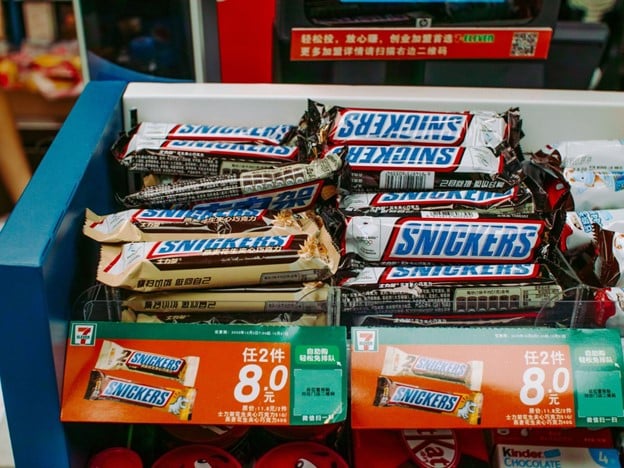
2. Which Products Are Best Suited for Stick Packs vs. Sachets?
The suitability of stick packs or sachets depends on the product type, required dosage, and user experience.
Stick packs work well for products typically poured or mixed with liquids. Sachets, by contrast, accommodate a variety of products due to their shape and size flexibility.
For instance, stick packs are preferred for items like drink powders and supplements that require controlled dispensing. Sachets are popular in cosmetics and pharmaceuticals for single-use applications, such as creams and medications, where precise dosage and branding are essential.
Choosing the appropriate packaging relies on product type and consumer needs. Stick packs are ideal for products needing precise dispensing, while sachets are more versatile, fitting diverse industries.
| Product Type | Stick Packs | Sachets |
|---|---|---|
| Beverages | Drink mixes, instant coffee | Powdered supplements, instant teas |
| Cosmetics | Less common | Creams, lotions, single-use masks |
| Pharmaceuticals | Single-dose powders, energy supplements | Ointments, tablets, creams |
| Food Items | Spices, seasonings | Condiments, sauces, dry snacks |
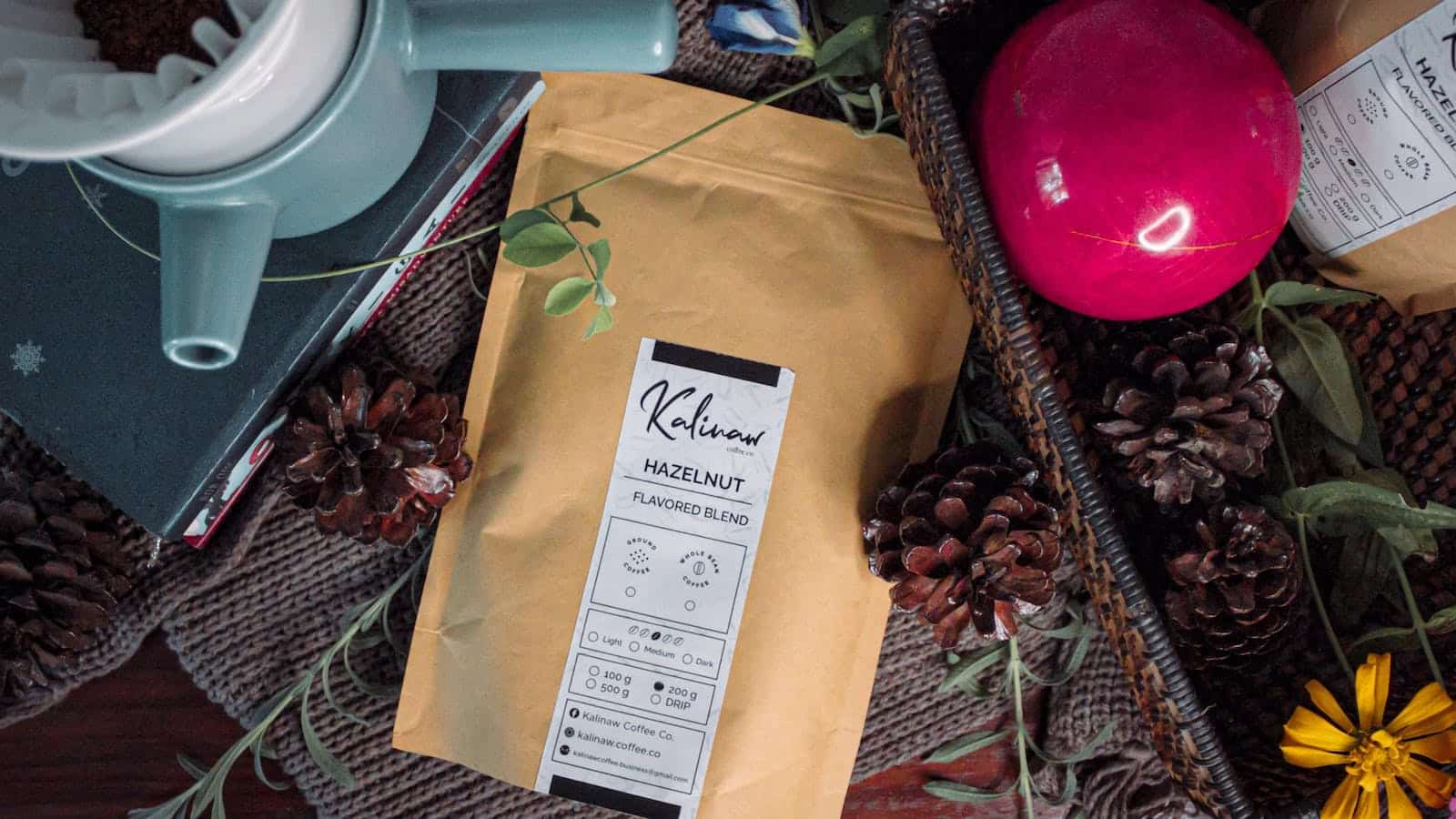
3. How Do Stick Packs and Sachets Compare in Terms of Cost Efficiency?
Cost efficiency is a key consideration for packaging, as materials, filling speed, and storage costs impact overall profitability. Both formats offer distinct cost advantages depending on production needs.
Stick packs typically use less material and take up less space, reducing packaging and transportation costs. Sachets, while using more material, offer versatility in size and enhanced branding.
Stick packs use a streamlined design with minimal material, often reducing material costs. Their slender shape also saves storage and shipping space, translating to reduced costs in these areas. Sachets may require more material, particularly for sealing, but they provide more space for branding and accommodate a broader range of products.
In terms of cost, stick packs offer a material-efficient solution ideal for high-volume production, while sachets provide flexibility and branding space, which may be beneficial for premium positioning.
| Cost Factor | Stick Packs | Sachets |
|---|---|---|
| Material Usage | Lower, single seal | Higher, multiple seals |
| Storage Efficiency | Compact, requires less space | Depends on size, moderately compact |
| Filling Speed | Fast, suitable for automated lines | Flexible, slower for varied shapes |
| Branding Area | Limited | Ample for branding and instructions |
4. What Are the Environmental Impacts of Stick Packs and Sachets?
Sustainability is increasingly essential in packaging. Stick packs and sachets differ in environmental impact based on material choices and recyclability.
Stick packs use minimal material, contributing to lower waste but can be challenging to recycle due to their narrow shape. Sachets offer more eco-friendly options, including recyclable and compostable materials.
Stick packs’ efficiency in material usage can reduce waste overall, but they often lack easy recyclability. Sachets, while sometimes using more material, can be produced using recyclable or compostable options, making them a preferred choice for brands focused on sustainability.
While stick packs are material-efficient, sachets offer more sustainable options with recyclable materials, aligning better with eco-conscious consumer preferences.
| Environmental Factor | Stick Packs | Sachets |
|---|---|---|
| Material Efficiency | Lower material usage | Moderate, recyclable options available |
| Recyclability | Limited due to structure | Often recyclable or compostable |
| Eco-Friendly Options | Fewer biodegradable options | More options in compostable materials |
| Waste Impact | Lower due to compact size | Moderate, varies by disposal options |
Conclusion
Choosing between stick packs and sachets requires careful consideration of product needs, cost factors, and environmental impact. Stick packs excel in portability and cost efficiency, making them ideal for high-volume items. Sachets, with their flexibility and larger branding space, accommodate diverse products and provide eco-friendly options that align with sustainable values. By aligning packaging with both product requirements and customer expectations, brands can enhance user experience while supporting sustainability goals.
External Links Recommendation
Grand View Research – Stick Packaging Market Analysis for insights on stick packaging market growth and trends
Fortune Business Insights – Sachet Packaging Market Size for data on global sachet packaging industry expansion
ePac Flexibles – Stick Pack vs. Sachet Packaging for a detailed comparison between stick packs and sachets


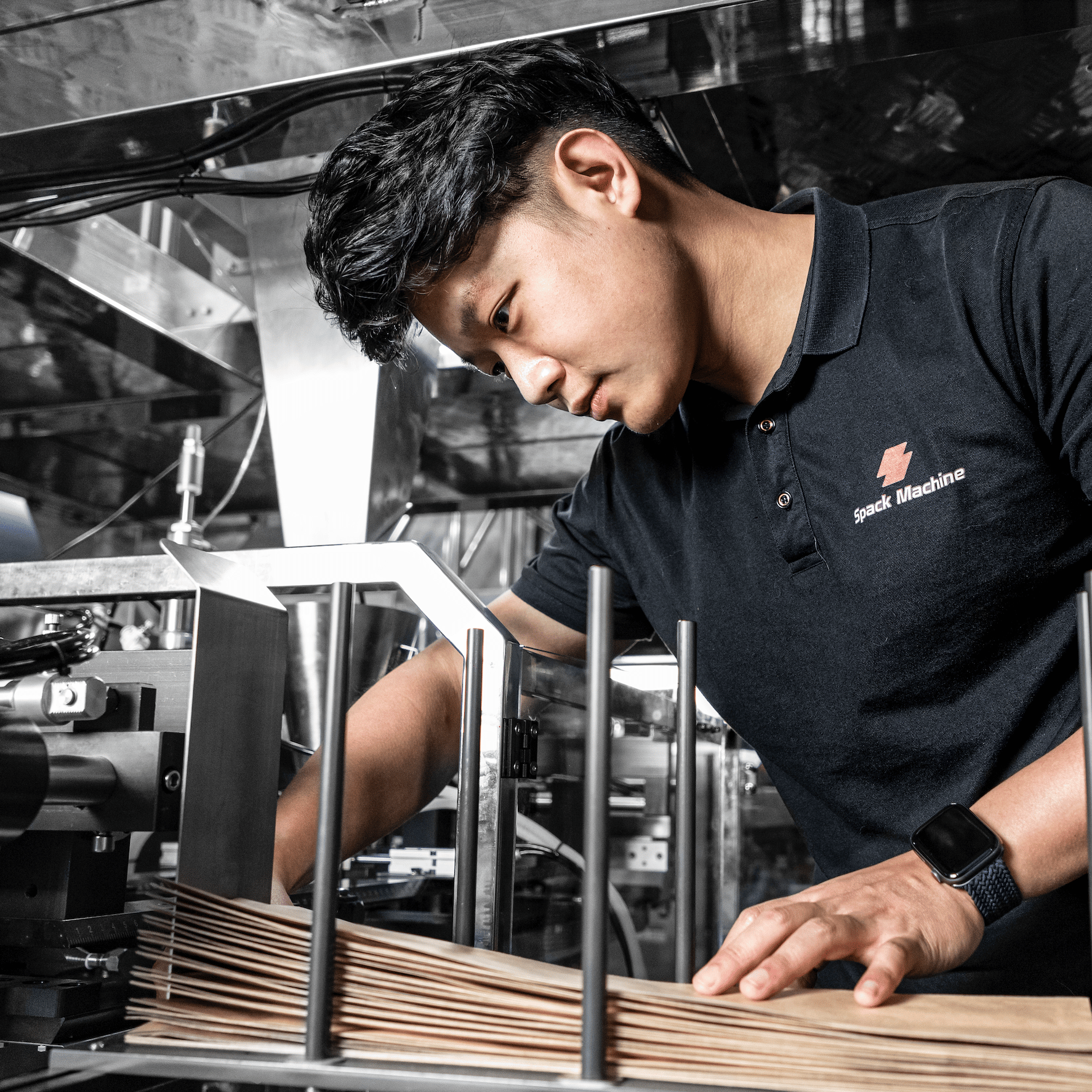
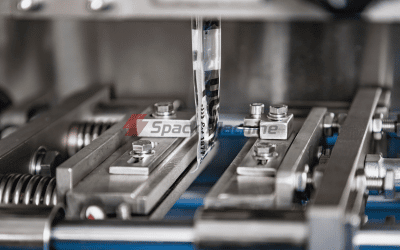
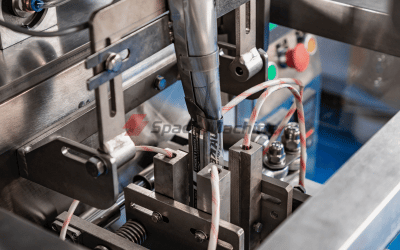
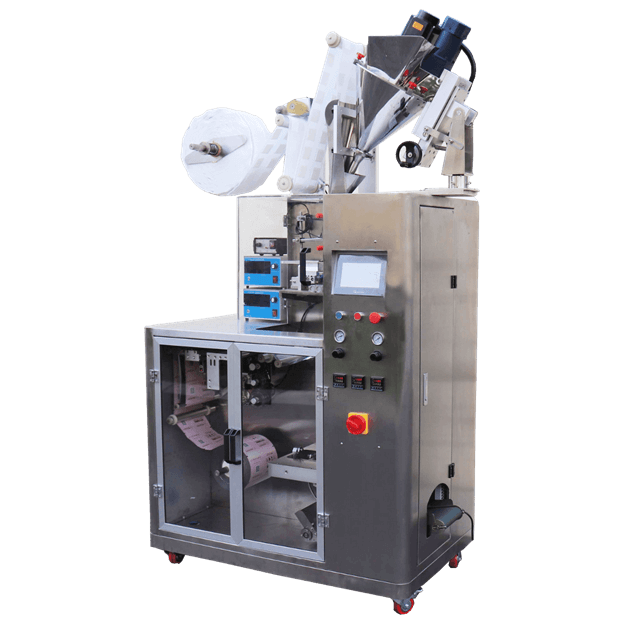
0 Comments